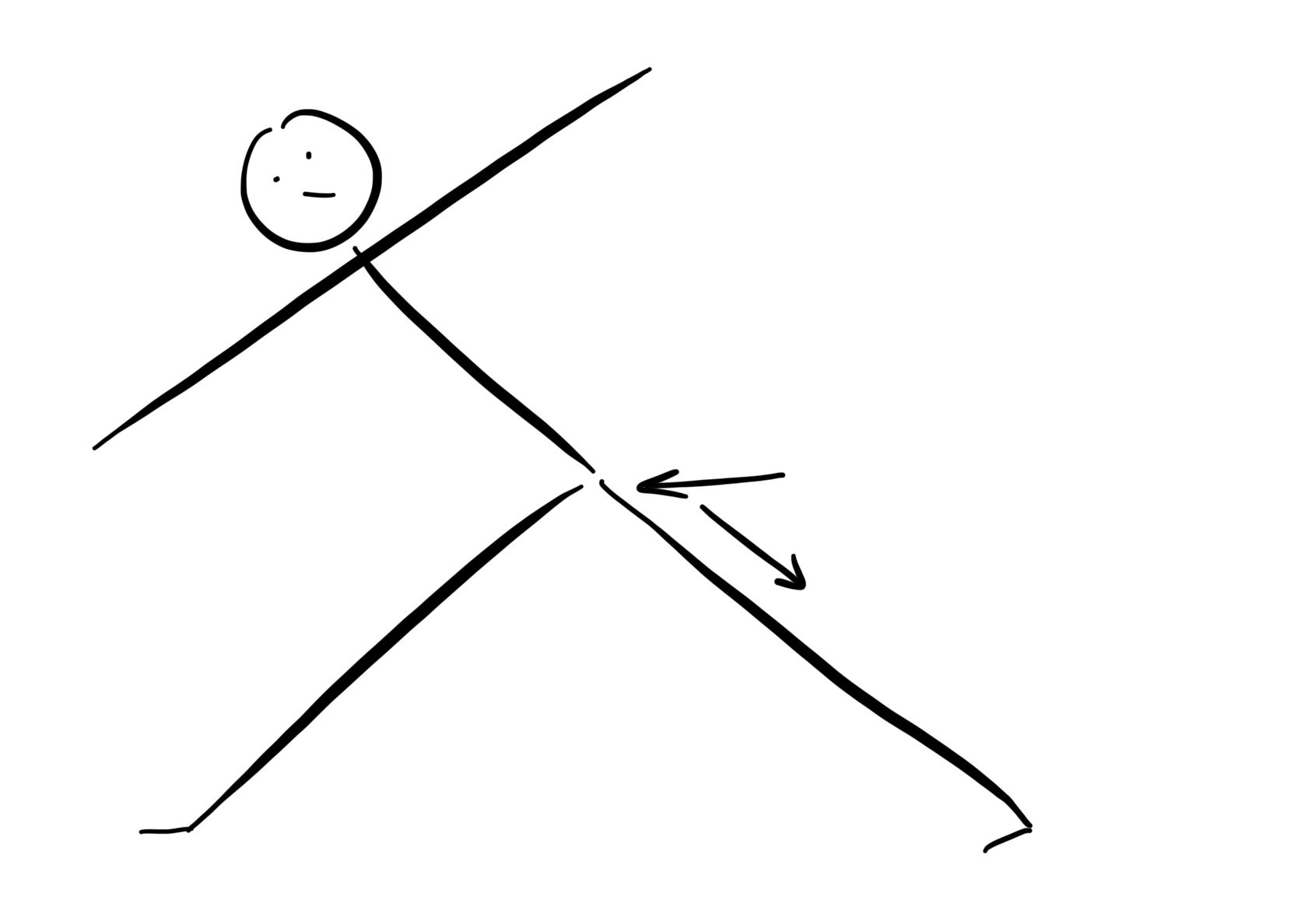The transitions in our yoga practice are just as important as the postures themselves and can reveal gaps in our strength and understanding of asana. Think of asana as a flip book — every page tells the story, even (and especially) the moments that, on the surface, don’t seem meaningful.
Despite their importance, transitions are often glossed over.
There are a few reasons for this. The first reason is the mind and its fixation on the destination. We just want to *get there*, and then when we get there we want to get out so we can get to the next destination. This is the nature of the mind.
The second reason is that transitions aren’t always taught. This is especially true in faster-paced classes where teachers call out poses and students are left to their own devices to A) figure out how to come into and out of the postures, and B) keep up.
The final reason is transitions are hard!!! There’s a lot of nuance and complexity involved in building a pose. They also take a lot of effort because we’re working with/against gravity. The exits are often the toughest because the body is already tired and the mind is done. How many times do we wait for the teacher to cue the exit only to extract ourselves from the pose, exasperated and relieved? Exits can get sloppy when there isn’t enough physical or mental gas left in the tank.
One of the places where I see folks struggle to exit is in Open Standing Twists, particularly Utthita Trikonasana (Extended Triangle Pose) and Utthita Parsvakonasana (Extended Side Angle Pose). A lot of it has to do with a disassociation between the pelvis and the spine, meaning students bend from the waist while their pelvis lags behind. By the way, this is also true when they’re coming into the pose, except there’s less visible *struggle* because they’re moving into gravity.
The torso and pelvis should move as a unit, however the break between these two body parts is a common movement blindspot. This blindspot is further exacerbated by misdirected cues like, “Pull your back arm up to stand, ” and cues that over-dramatize the lengthening of the bottom waist to come into these poses. I have lots to say on this topic, but that’s a post for another day!
When exiting poses like Trikonasana and Parsvakonasana, the pelvis is meant to be the moving body part and the spine is meant to go along for the ride. To do this, we need to recruit gluteus minimus and medius to abduct the back thigh at the hip. Because the back thigh is fixed with the back foot anchored on the floor, the thigh itself will not abduct, but rather the pelvis will depress (tilt down) towards the back foot, thus pulling the pelvis out of the pose.
Here are the two major actions in the back thigh to focus on when exiting these poses.
1. Compact the outer upper thigh in.
2. Pull the outer upper thigh down towards the back foot.
Working these two actions in the back thigh will pull the pelvis into an upright position. Coupled with core stability, these actions will create more integration and stability in your practice.
Be sure to check out this video for a more in depth look at how to exit with ease!






Join the Discussion